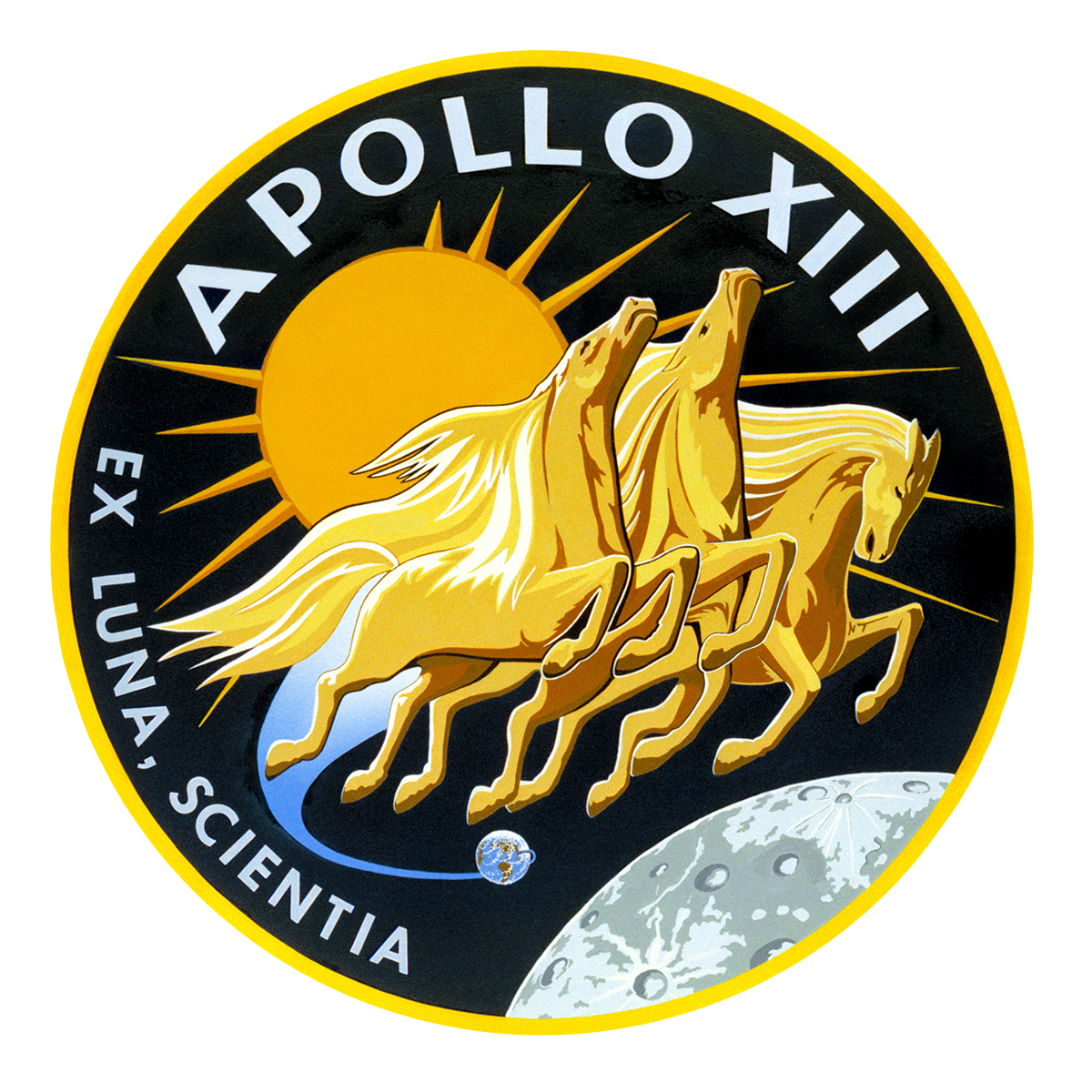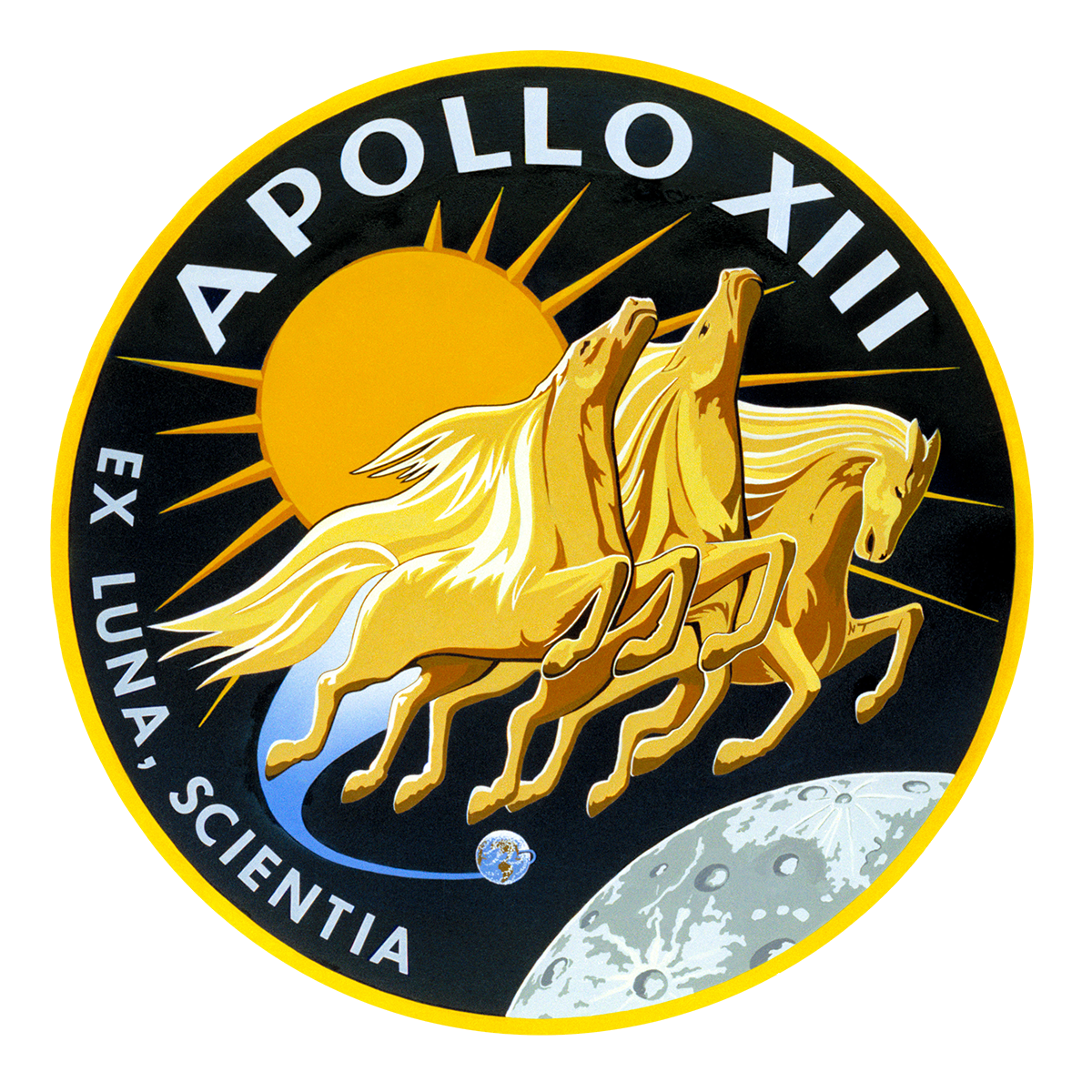CANCEL

Apollo 13
Launch Date
April 11, 1970
Craft
Apollo
Status
Past
Crew
3

Apollo 13
Launch Date
April 11, 1970
Craft
Apollo
Status
Past
Crew
3
Overview
NASA's finest hour. What was supposed to be the third human lunar landing, Apollo 13 suffered a catastrophic failure of its oxygen tanks, leaving the Command Module (called Odyssey) without oxygen. Odyssey was then powered down and the Lunar Module (Aquarius) powered up. The crew took shelter in Aquarius, which had its own oxygen and life support systems. Two never-planned-for or conceived of burns of Aquarius' lunar landing engine took place to bring Apollo 13 quickly around the Moon and back to Earth. However, Aquarius only had enough power, water, oxygen, and carbon dioxide scrubbers for two people for 45 hours -- not the three people it now had to keep alive for several days. Through on-the-fly engineering in Mission Control and the crew ripping apart clothing and procedure manuals, they were able to stretch the use of the carbon dioxide scrubbers to make it back to Earth. They restricted themselves to just 0.2 liters of water per person per day and turned off all nonessential power. Temperatures dropped as low as 3°C. Swinging around the Moon, the Apollo 13 crew reached a maximum distance of 400,171 km from Earth, a record that stands to this day. Because Aquarius had to protect the crew as long as possible, the entire ship had to make the return trip to Earth instead of being disposed of at the Moon. Canadian engineers at the University of Toronto determined the point in the timeline (just before atmospheric reentry) at which to undock Aquarius, in order to have enough air pressure to push it safely away from Odyssey and send any surviving pieces into the Tonga Trench in the Pacific Ocean. This was important because there was a nuclear power source on board as part of a planned lunar surface experiment -- if it survived reentry it needed to fall into the deep ocean to satisfy Atomic Energy Commission recommendations. Against all odds, Jim Lovell, Jack Swigert, and Fred Haise safely splashed down in the Pacific inside the Odyssey module. The mission is hailed to this day as "The most successful failure" in human spaceflight and as "NASA's finest hour."
Crafts

Apollo
The main Apollo spacecraft was a Command and Service Module designed to take three astronauts to and from the Moon’s orbit and provide access to the lunar lander during missions. After the Moon program ended, Apollo spacecraft flew three crews to the Skylab space station and performed the historic joint U.S.-Soviet mission in 1975.








